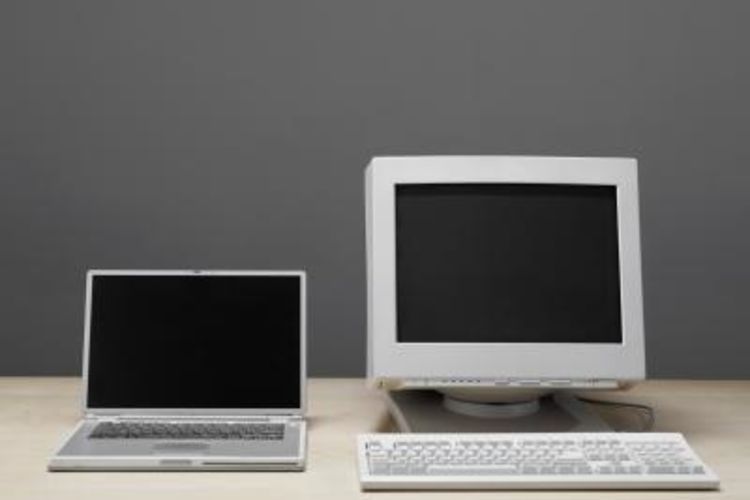I’m sure the majority of us have an old almond-colored desktop computer shoved in the basement, or a good 12lb laptop from the late 90’s sitting in the garage ready to recycle…not to mention your old Motorola Star-Tac with your entire address book still on it if you can find the right charger. The million dollar question: “What do you do with all of this stuff???”
First things first, you have to make sure you get your data off of it….and this is really, really important. Some people just put the old computers out by the curb, hoping it will be tossed in the trash and forgotten forever. Whenever I see these, I personally stop to pick them up and take them home to remove the data off. Frequently, I’m able to bring these machines back to my shop and look at all of their old data, pictures, saved bank passwords, etc….because the owner never removed his personal data before throwing the computer to the curb. Rookie mistake for them- and in the wrong hands, this could end up costing you time and money should you be a victim of identify theft.
It’s not really hard to remove your old data, it just takes a few minutes. Get an external hard drive (or use an online account like Dropbox), plug it into the computer, and drag any personal files to the backup drive. On a PC, grab anything from the C:\Users\ folder (or C:\Documents and Settings\ if it’s an older machine). That should get the majority of your files- but double check the C:\ drive to see if there are any other folders that might have files hiding from special programs (like Turbo Tax). Similarly, Mac users can grab their User folder, which also should have everything they need. Once it’s copied to the new drive, DELETE the files from the original location. Before you turn off that machine, open up any of your internet browsers and reset them to delete the passwords, history, and cookies….and prevent anyone else from getting your saved web information. If you’re getting rid of an old cell phone, make sure you delete your contacts on it first before donating it or recycling it. It’s important to note that these methods don’t PERMANENTLY delete the data off the machine, but should wipe your computer clean enough to prevent obvious data from getting in the wrong hands. If the machine had medical records on it or other data that needs to remain confidential, we recommend bringing the device to a local computer professional who can insure it is professionally cleaned and removed. At Canyonero, we physically destroy the hard drive components to ensure the data is permanently deleted and there is no threat of the data getting into the wrong hands- a service we provide free of charge for our customers.
After you’ve done a general purge of the information you need, it’s ready to be disposed of. Computers and other used electronics don’t do much in a landfill, so it’s best to find a scrap metal place or other recycling center that can take them. Often times, Best Buy will allow you to bring in computers for recycling, or you might find a recycling center that will give you a buck or so for the scrap pieces. Depending on where you donate/recycle it, sometimes they are shipped back in bulk to China, where they are dismantled in a factory and recycled and reused accordingly (which is why it’s SUPER important you remove your data….you don’t know who’s going to be taking it apart!). Here at Canyonero, sometimes the old machines can be made into workable donations for those less fortunate- which is why we’re always happy to take your used computer donations and see if we can help someone in need. (We would also love to know of charitable organizations and groups that could benefit from one of these “refurbished” devices- so if you know of one, Contact Us!)
At any rate….as you start that spring cleaning and organizing, make sure you are aware of what you’re purging, and together we can help protect against data security breaches and keep computers out of the landfills!


